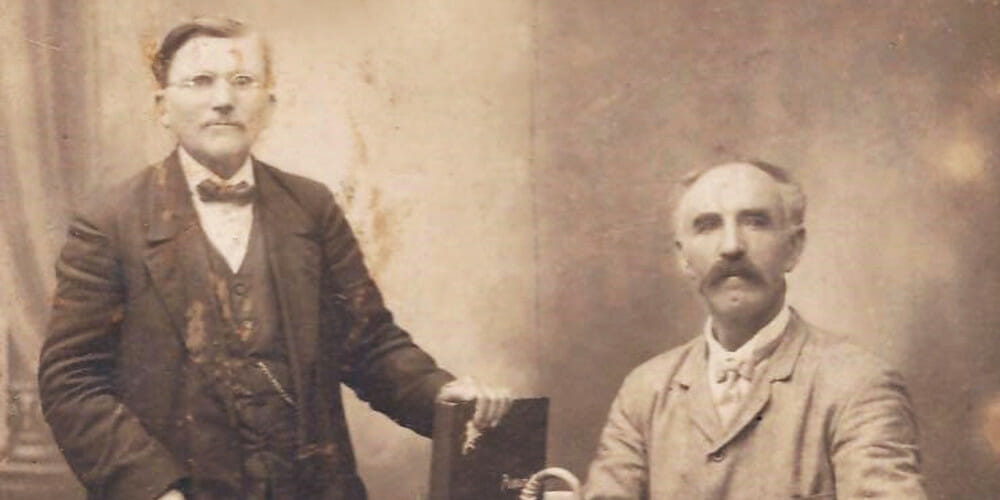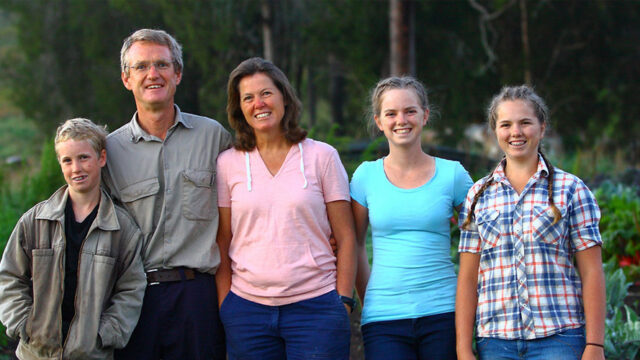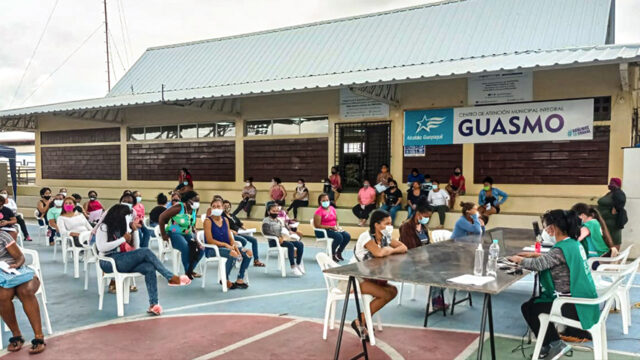I am the only me in the universe. My unique story is the most excellent gift I have.

The Argentina Union Conference opened its Heritage Center at River Plate Adventist University on October 21, 2018. Visitors to the center learn about the history of the Adventist Church in South America and Argentina through the true-life experiences of early missionaries.
Why tell their stories? God communicates with us through stories that are life testimonies. Stories help us reflect on God’s actions. Reading or listening to others tell their stories is important because we see how God worked in their lives.
Stories Connect People
Stories create community. Georg Riffel accepted the Adventist message in Kansas, United States. His beliefs were so strong that he was among the first group of Adventist missionaries to travel to Argentina.
As they shared their testimonies about their relationship with Jesus and His soon coming, they wrote history with their lives. They developed friendships. They looked for people with whom they shared common interests and related to them at that level. These missionaries created a bond with those who were seeking truth and found hearts willing to accept the gospel. Each town and each culture thus became connected by stories they lived and shared together.
Stories Define Us
The first missionaries identified themselves as Seventh-day Adventist Christians. Their narratives reflect the fact that it was important for them to believe in the sure hope of Jesus’ return. That defined the new situations they faced.
Our Heritage Center seeks to listen to others’ stories, opening a window that gives us a glimpse into how others saw themselves, and what they did as a result.
When the first missionaries arrived in Crespo, Entre Ríos, Argentina, they shared their testimonies with community friends. This bold undertaking brought new challenges to the Adventist Church. These workers wrote to the General Conference requesting more missionaries for Argentina.
From their stories we can look back and learn about their decisions, their successes, their mistakes, and their attitudes. We catch a glimpse of their humanity, as well as their faithfulness, as we appreciate the challenges they faced.
Stories Give Meaning
When the General Conference learned of the challenges of reaching different places in the vast South American territory, it sent more missionaries.
In 1891 the first three colporteurs arrived in South America: Clair Nowlen, Edwin Snyder, and Albert Stauffer. Richard Craig arrived in 1893. He was responsible for maintaining a bookstore and directing colporteurs.
Craig and his family settled in Buenos Aires. They established a school in their own home. Thus he and his wife began adding to the stories of their students, as when we build a wall brick by brick. The “building” we know today as the church began as a result of one life that touched another, that touched another, and so forth.
The stories we read and hear about others help us to remember that we’re not alone. Different perceptions bring depth and breadth to the way God worked in other peoples’ lives, giving us a better understanding of our own history. It has been said that the only way to avoid making the mistakes of the past is to remember its lessons.
Stories as Theological Autobiographies
Stories tell how the Word became flesh for everyone. They tell of the presence of God in the tragedies and celebrations of life.
Our history is registered in the great narrative of the cosmic conflict—the story of redemption. God’s plan is huge. Our lives, by comparison, are relatively insignificant. But we do play a part, just as did the missionaries of the past. This gives us hope and meaning in the midst of tragedy and pain, and the courage to advance.
Not all the missionaries were young. Lucy Post, the first single woman who volunteered to go to South America, was nearly 50 years old when she set out to be a missionary. Her decision was inspired by stories she heard from missionaries.
Post arrived in South America in July 1895, the middle of winter in the Southern Hemisphere. After her arrival, she spent time with her brother’s family, who lived in Nueva Palmira, Uruguay. Five weeks later, on August 31, 1895, Post organized the first Adventist congregation in that country—a Sabbath School composed of more than 20 people whom she had visited since her arrival.
Each Story Is a Gift
No two stories are ever exactly the same. This is why each story is so important: it reminds us how wonderful God is.
I am the only me in the universe. My unique story is the most excellent gift I have. If I do not tell it, it will remain silent.
When we share our stories, each story becomes a sacred treasure, a gift that rejuvenates the lives of everyone who hears it or reads about it. In this sense any story, moment, or situation is transcendent.
It’s not hard to imagine many interesting and unique stories from your region that define what God is doing in the Adventist church where you live. History does not end with what happened in the past; it extends to our present, and throws us into the future.
I invite you to join with believers past, present, and future to see what God can do through us in the great matrix of the history of His grace.








